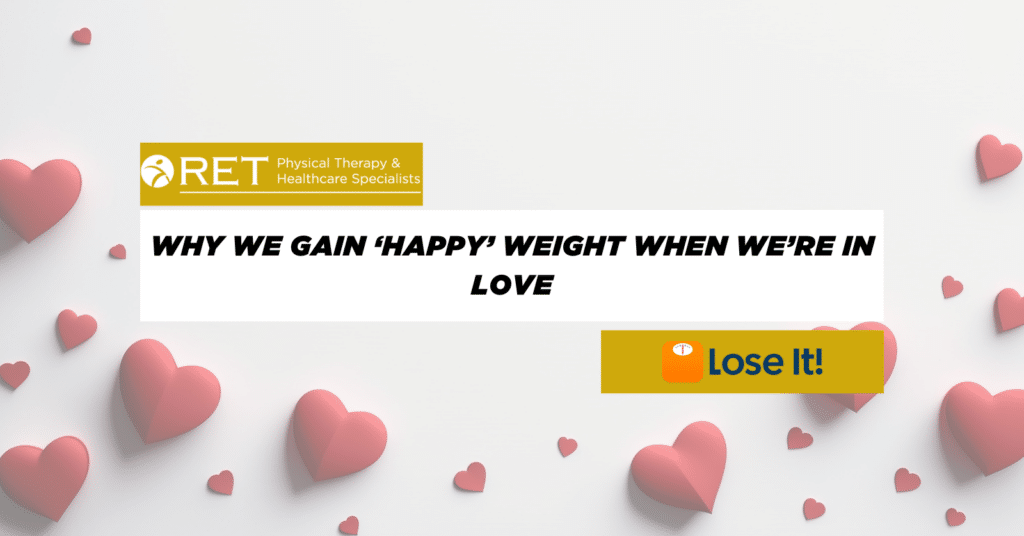


To enter your vehicle, open your door and stand with your back to your seat, have your legs near the side of your vehicle. Place your hands on the doorframe to assist you in making controlled movements to help lower your body into the vehicle. Keep your knees together, tighten your abdominal muscles and pivot your body without twisting. To exit, scoot to the door side edge of your seat, keep your knees together and pivot as you did upon entering. When your feet are shoulder width apart and planted on the ground, grasp the doorframe, lean forward keeping your back straight. Slowly push hips forward and stand up.

Make sure your broom or mop has a long handle, this will allow for less forward bending. When sweeping or mopping you should tighten your abdominal muscles and maintain an upright posture. Your trunk should not twist or stoop forward, use your leg muscles to guide you across the floor and allow your arms and legs to do the work. Keep the mop close to you and keep your knees bent while avoiding reaching forward with the broom or mop. It is almost like dancing with the broom, some might think that is funny but your floor will be clean and your back will be happy.

Choose a lightweight vacuum, as this will make a big difference in the war against back pain. Vacuum posture is like many other activities in which you contract your abdominal muscles and stand upright. Use your arms and legs to push and pull the vacuum while moving. It is best to adopt the lunge position, placing one foot in front and shifting your weight onto the front foot and then pushing off with your back foot. Using your strong leg muscles to do most of the work, this will allow less effort from your back muscles. Continue to vacuum using this posture and try to vacuum in an organized manner to avoid extra pushes and pulls.

Make sure your shovel fits your body so you do not have to bend forward and make sure it isn’t heavy. It is advised to warm up your muscles before you go out and shovel snow in the cold. As with other activities, it is best to maintain an upright posture, tighten your abdominal muscles and use your legs to lunge forward to scoop up the snow. It is very important to not twist at your waist and throw the heavy snow when removing it from the walkways, turn your body and dump the snow. Pace yourself and make sure you do not over-do it. These body mechanics work for shoveling beauty bark in the garden too!Carrying Heavy Objects



Lifting heavy items is one of the leading causes of injury in the workplace. It is best to move items close to your body, bend your knees and use you powerful leg muscles to lift an item from a lower location. Minimize bending and reaching by setting up work spaces that allow you to work in the power zone area (mid-thigh to mid-chest). Avoid twisting and bending with a load, turn your feet instead and be mindful to keep the load close to your body. Whenever possible, it is always best to ask for help when lifting heavy items.
Sleeping Positions





